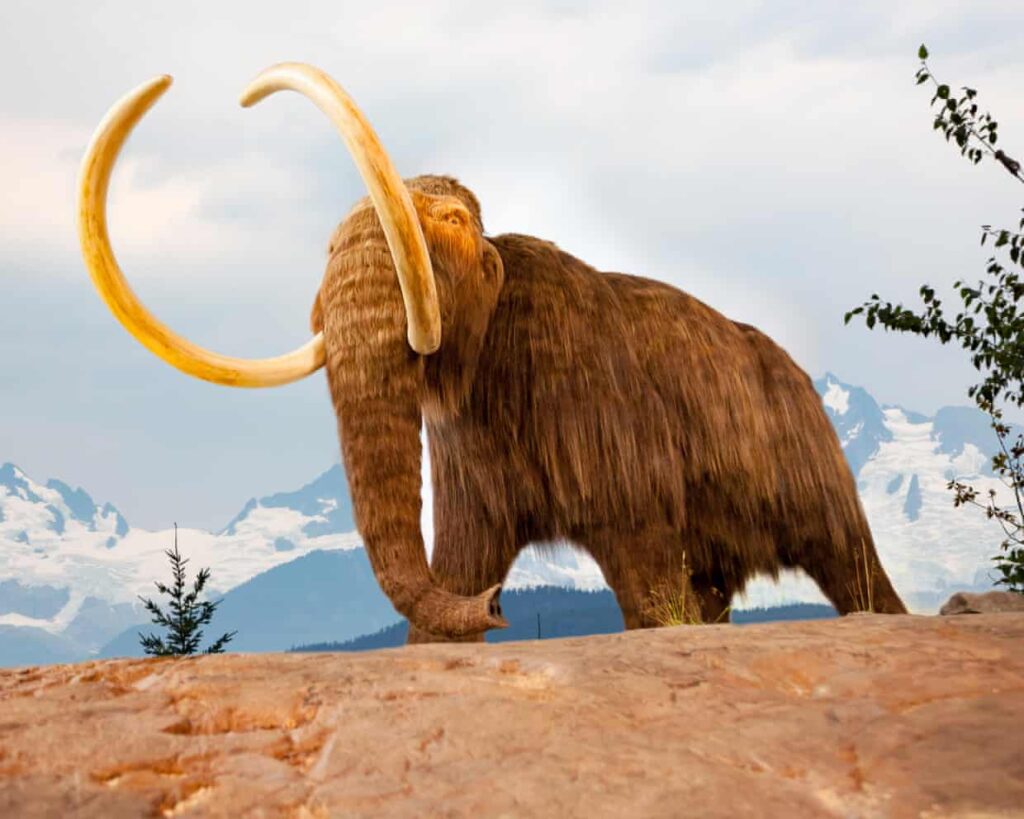
The study of ancient life is taking a significant leap forward as scientists utilize DNA from sediments, known as sedaDNA, to reveal the past environments of our planet. This innovative approach has unveiled surprising findings, including the presence of woolly mammoths in the Arctic long after they were believed to have vanished from the region. The implications of this research extend beyond large mammals, allowing for the exploration of soft-bodied organisms that typically do not fossilize, such as worms.
Fossilization is a rare occurrence; most organisms leave no trace behind as they are naturally recycled into the Earth. However, under specific circumstances, DNA from living beings can bind to soil and rock, creating markers of existence that endure for hundreds of thousands, or even millions, of years. In an article published in the journal Geoscientist, Tony Brown from the University of Southampton elaborates on how this DNA can become integrated into mineral structures, facilitating preservation.
Revolutionizing Our Understanding of Ancient Ecosystems
In a groundbreaking study conducted in Norway, researchers successfully matched sedaDNA with ancient rock paintings of animals, establishing a connection between genetic material and visual records of the past. This method offers a new dimension to understanding historical biodiversity, revealing which species coexisted and how they adapted to their environments.
Brown and his colleagues are also spearheading the PortGEN project, which focuses on analyzing sedaDNA from sediments collected at ancient ports, including Rome and Venice. This initiative aims to provide insights into the lives of ancient civilizations, exploring how they interacted with their surroundings and the ecosystems that supported them.
Every living organism contributes traces of DNA in various forms—skin flakes, hair, feces, urine, pollen, and decomposing tissues—wherever they exist. This wealth of genetic information has the potential to reshape our understanding of ecological history and evolution. By studying these remnants, scientists can paint a more comprehensive picture of the past, even identifying organisms that would otherwise remain hidden from the fossil record.
The Future of sedaDNA Research
The possibilities presented by sedaDNA are vast and promise to expand significantly in the coming years. As researchers refine their techniques and improve their understanding of how DNA can be preserved in geological contexts, they anticipate uncovering even more about the interactions between ancient species and their environments.
With a growing focus on environmental DNA, the implications for fields such as archaeology, ecology, and climate science are profound. By unraveling the genetic narratives embedded in sediments, scientists are not only rewriting the history of life on Earth but also enhancing our ability to address current environmental challenges.
The integration of sedaDNA into the study of ancient ecosystems represents a significant advancement in scientific inquiry. As this research continues to evolve, it will undoubtedly contribute valuable knowledge to our understanding of biodiversity and the intricate relationships that have shaped our planet over millions of years.







